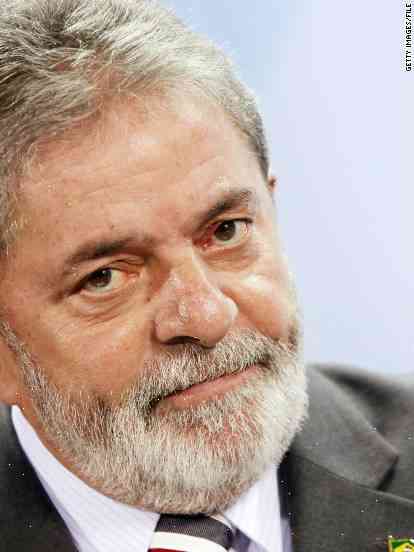Luiz Inacio Lula da Silva Fast Facts Brazil
Lula da Silva’s arrest on charges of corruption and money laundering in Brazil has prompted speculation about the future of the country’s president. Lula da Silva, Brazil’s president from 2002 to 2010, was charged with corruption and money laundering that the Supreme Court decided to investigate further on Oct. 20. On Oct. 24, the Constitutional Court suspended the trial and ordered new testimony, which will be held Jan. 2.
According to legal proceedings, when Lula da Silva came to office in 2002, Brazil’s economic outlook was grim, and tax revenues were on the decline. From 2002 through 2006, the Brazilian economy grew at approximately 1.2 percent per year, with a 2 percent increase in the gross domestic product, down from the 2.3 percent average of the 1990s. “The government has reduced state revenues by around 11 percent since the beginning of 2002,” the Brazil’s supreme court said in a statement.
Lula da Silva, meanwhile, had a number of problems during the beginning of his presidency. The president had a poor relationship with the press and struggled to develop a national identity. He was also criticized for his ties to politicians as well as companies linked to the country’s powerful oil industry.
Although Lula da Silva’s first term in office was plagued by both external and internal political opposition, he managed to continue as president and to pass the Bolsa Familia housing program, which helped raise up to 800,000 families out of poverty.
The next year, 2007, was considered a turning point of the Lula da Silva’s presidency. Brazil’s real began to rise, with average monthly inflation at 1.78 percent, reaching a peak of 2.28 percent in March 2007. However, the real also fell by 8.7 percent, making up for the rise in inflation, to the lowest level in more than a decade. Brazil posted an 18.9 percent increase in employment and 4.1 percent increase in GDP.
Lula da Silva also sought to develop his country’s tourism, with a plan to build a mega-project dubbed the Lula da Silva International Airport at Manaus. He also introduced the “Sistema Paritário” or State Partnership program, which made it possible for the state of Amazonas to export goods to Brazil at cost prices, bringing Brazilians goods at a lower price.

